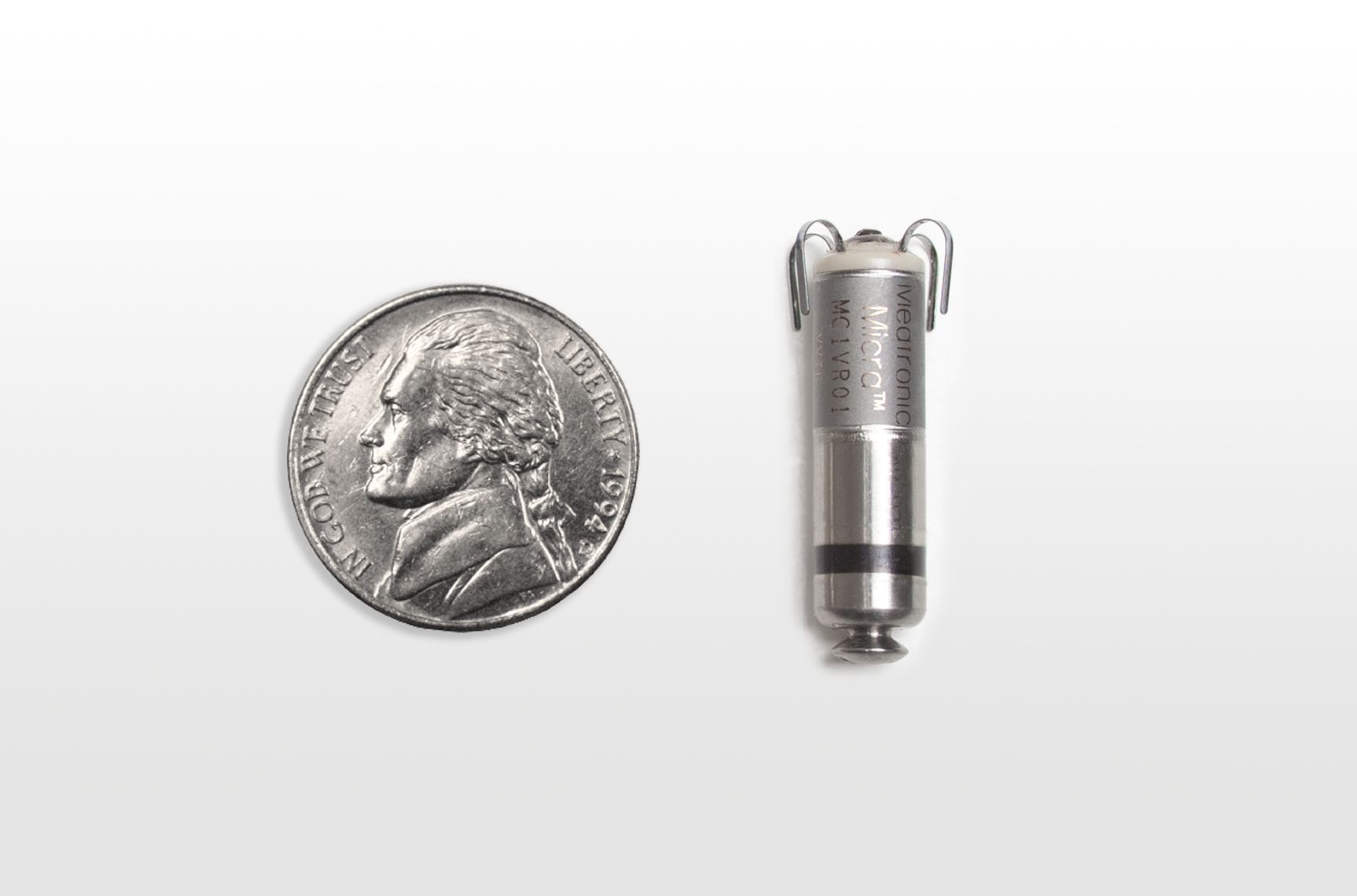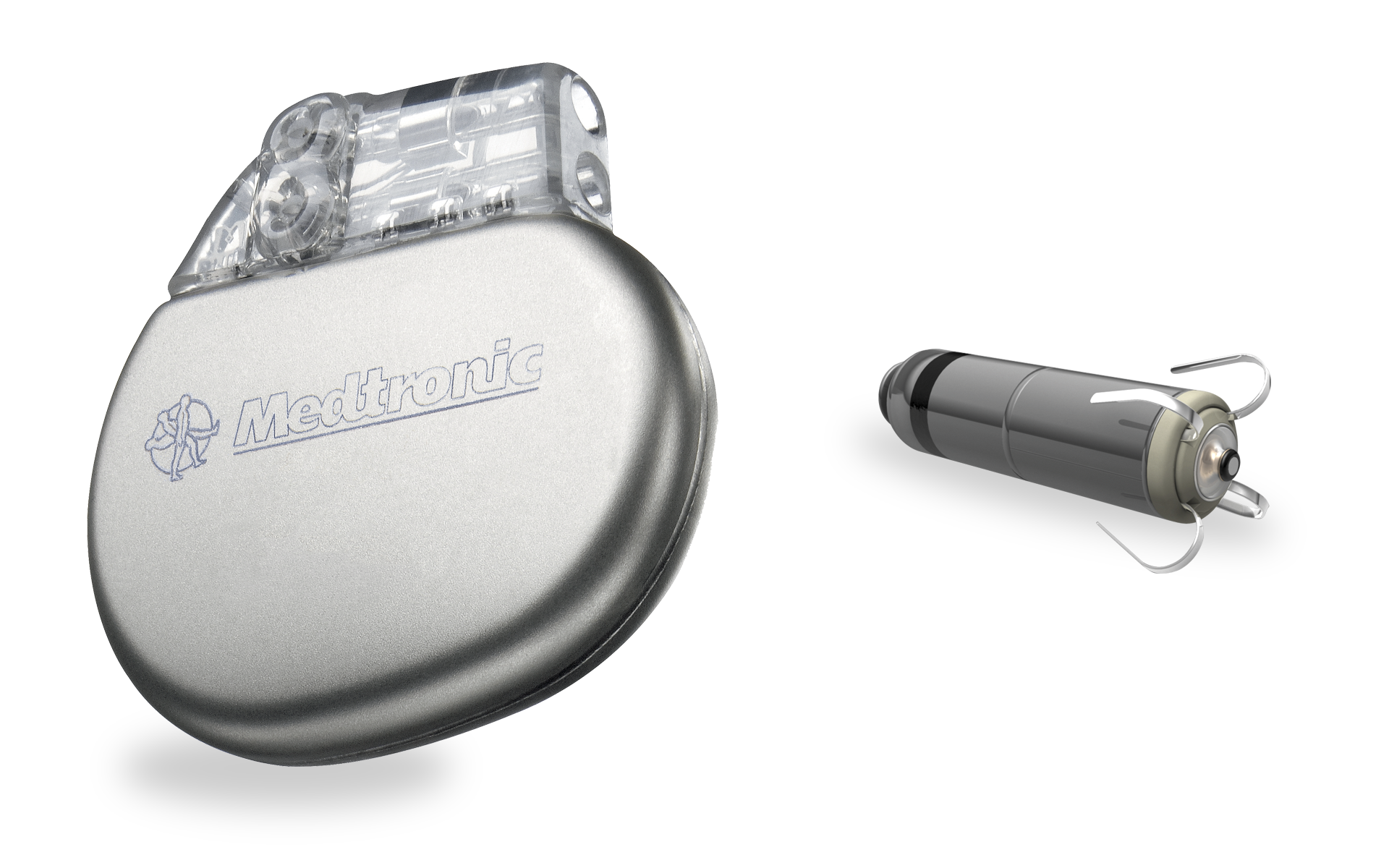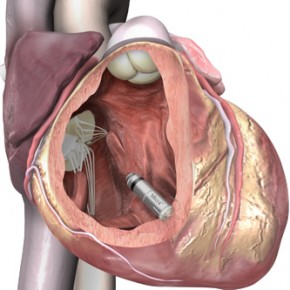First human implant of world’s smallest, minimally invasive cardiac pacemaker
December 30, 2013
Medtronic, Inc. has announced the first-in-human implant of the world’s smallest pacemaker: the Micra Transcatheter Pacing System (TPS).
The device was implanted in a patient in Linz, Austria as part of the Medtronic global pivotal clinical trial. The Micra TPS is an investigational device worldwide.
At one-tenth the size of a conventional pacemaker, and comparable in size to a large vitamin, the Micra TPS is delivered directly into the heart through a catheter inserted in the femoral vein. Once positioned, the pacemaker is securely attached to the heart wall and can be repositioned if needed.

Micra vs. Nickel_US (Credit: Medtronic, Inc.)

Micra vs. Pacemaker(credit: Medtronic, Inc.)
No leads, no incision, minimally invasive
Unlike current devices, the new miniature device does not require the use of wires, known as “leads,” to connect to the heart. Attached to the heart via small tines, the pacemaker delivers electrical impulses that pace the heart through an electrode at the end of the device.
“Because of its small size and unique design, the Micra TPS can be introduced directly into the heart via a minimally invasive procedure, without the need for leads,” said Clemens Steinwender, M.D., head of cardiology at the Linz General Hospital in Linz, Austria. “The combination of this novel technology with a transcatheter procedure can benefit patients by potentially reducing pocket or lead complications and recovery times observed with traditional surgical pacemaker implants.”
In contrast to current pacemaker implant procedures, the Micra TPS implant also does not require a surgical incision in the chest and the creation of a “pocket” under the skin. This eliminates a potential source of device-related complications, and any visible sign of the device.
Micra TPS Study Design
The study is a single-arm, multi-center global clinical trial that will enroll up to 780 patients at approximately 50 centers. Initial results from the first 60 patients, followed up to three months, are expected in the second half of 2014.
H/T: Michael Weiner
